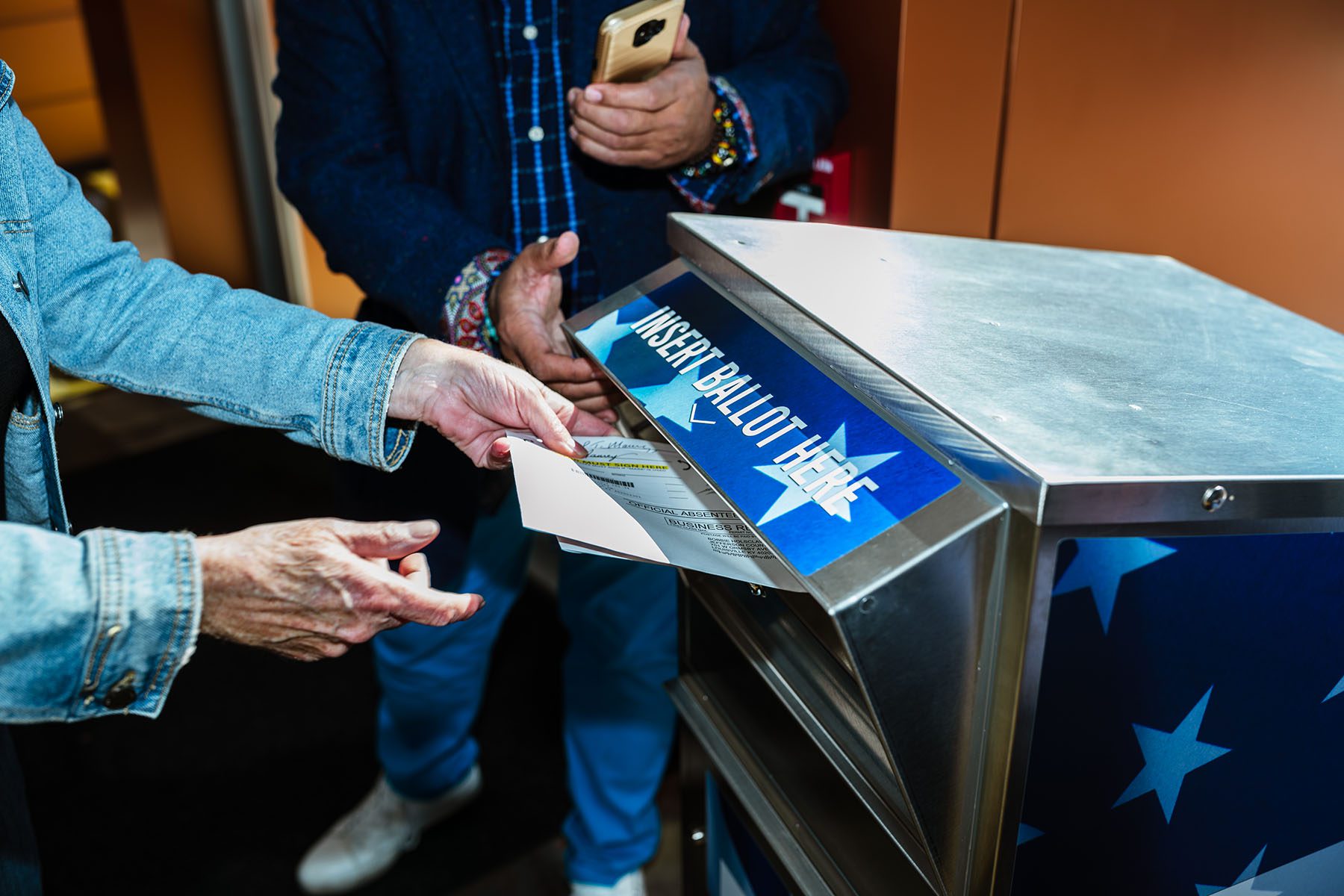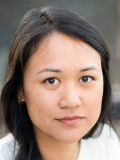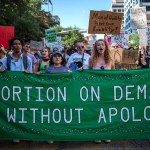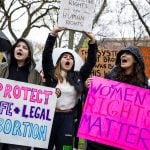More than half of older women voters remain undecided about who they will back in the midterm elections, a recent AARP poll has found. While the overturning of Roe v. Wade this summer has moved abortion up on their list of concerns, these members of the electorate have remained focused all year on a raft of issues – inflation, health care and Social Security – that they feel many candidates have not addressed adequately.
Nancy LeaMond, the executive vice president and chief advocacy and engagement officer of AARP, said this group, though often overlooked or taken for granted, is a powerful voting bloc.
“As the largest bloc of swing voters heading into the midterms, women voters 50+ can make the difference in 2022 and decide the balance of power in Congress and statehouses across the country,” LeaMond said.
The loss of federal abortion protections may play a small but significant role in their final decisions. In a year when polling shows many tight races in elections with potentially huge ramifications for the future of access or restrictions, this voting blog could shift the results. The most recent AARP polling, conducted in September, shows that abortion access has increased in importance for women over 50.
Joohee Muromcew, 50, saw outrage and shock spread through her online community for older women, The Woolfer, after the Supreme Court overturned Roe v. Wade in June. A former political organizer, Muromcew offered to lead an online training to help people channel that energy into political activism, including running for a school board or becoming more engaged at the local level. The training itself was also a fundraiser for Planned Parenthood.
“A pretty engaged group of people showed up, outraged, concerned, whatever they were feeling,” said Muromcew, who used to work for the Wyoming Democratic Party. “But they didn’t know where to start. I think there’s a sense, particularly coming out of COVID, that there’s a lot of online petitions and opportunities online — but it’s really hard to know if what you’re doing is making any difference. So I showed them how.”
The increased political engagement Muromcew saw after the Supreme Court ruling also took place across The Woolfer’s parent site, Revel, a broader online community of about 25,000 women ages 40 and older. Revel’s co-founder, Lisa Marrone, said she created the company in 2019 because this demographic is too often made to feel “less than” and invisible. But many remain engaged and eager to take action: A forum for members to discuss sex, health and what could be done in response to the end of Roe is one of its biggest, Marrone has said.
LeaMond said polls from earlier this year showed that women over 50 were laser-focused on kitchen table economics: gas prices, food costs and making ends meet.
At that point, abortion was a bottom-tier issue for them. But by September, nearly 2 in 5 said abortion was “one of the most important issues.” And among those who identified as Democrats, more than half said abortion was one of the most important. Older women — who account for more than quarter of all registered voters and made up more than a third of votes in the 2020 election — are the largest voting demographic and a key swing bloc.
Celinda Lake, a Democratic pollster and founder and president of Lake Research Partners, said that older women are looking to see how their votes might impact abortion bans or the jailing of health care providers in their states.
“That can be very salient to older women who remember – it’s not hypothetical to them – when Roe didn’t exist,” Lake said in a media roundtable following the latest release of AARP data. “They remember when abortion was illegal, and they did not expect to return to those days.”
Muromcew said most of the women who attended her July training were in their 50s and 60s. Many hadn’t been politically active in decades — some not since their college years, she said.
“A lot of them had their interest rekindled,” Muromcew said. “Most of the women I know are motivated by this one statement: ‘I have three daughters, and they will have less reproductive freedom than I have.’ It’s abhorrent.”
Maggie Omero, a pollster, said women tend to talk about issues through the lens of how it will impact their families.
“I feel like so much work of the past 50 years as women, as feminists, is going down the toilet,” Muromcew said. “At least among that group, that was a shared sentiment. We’ve worked so hard, and now our children are coming of age with fewer rights.”
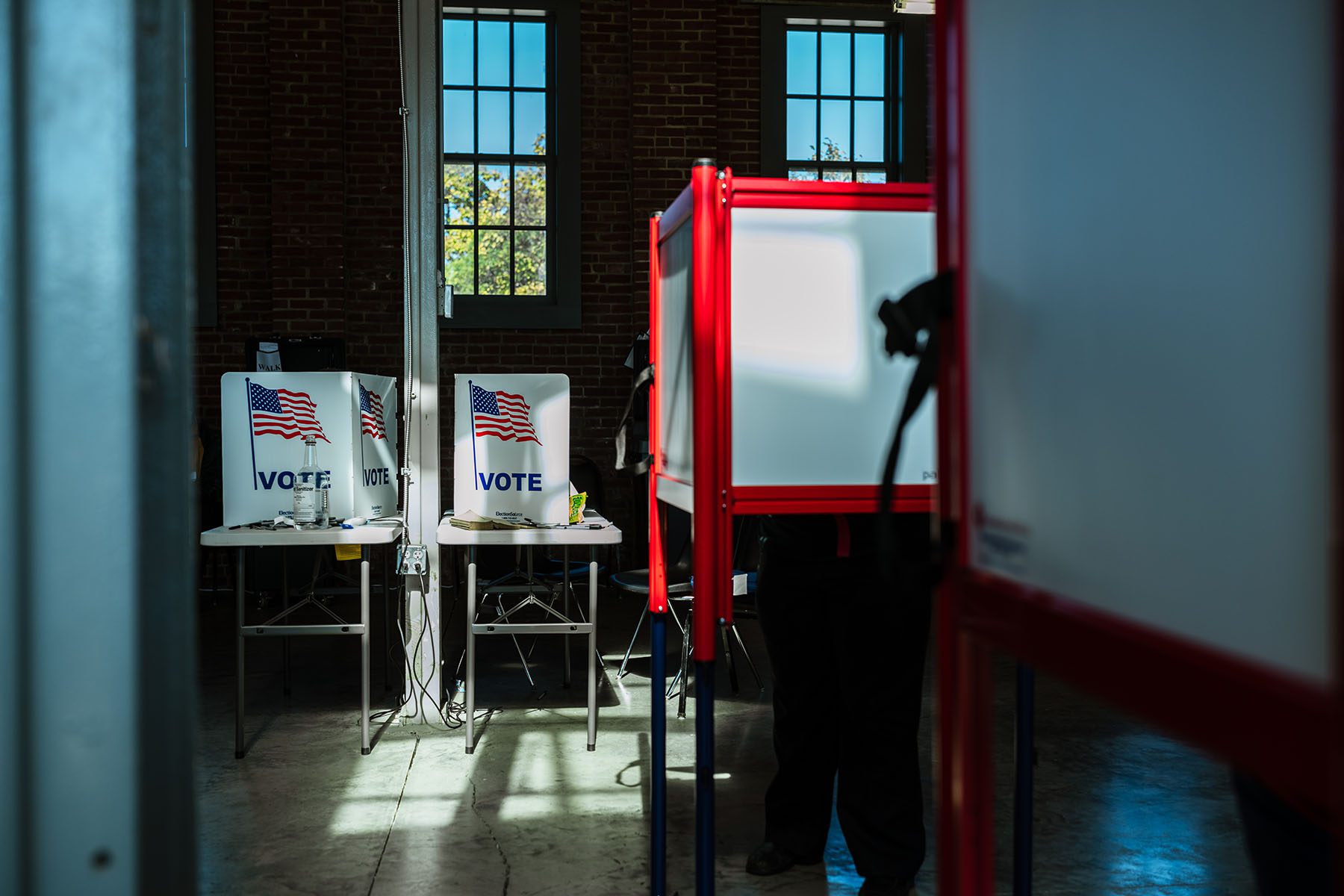
How those worries translate at the ballot box remains to be seen. Though increasing in importance for many, abortion is not the top issue, according to polls. Kristin Soltis Anderson, a Republican pollster and the founding partner of Echelon Insights, said older women are far from a monolith, but there are a few issues that seem to resonate with the vast majority.
“Increasingly, it isn’t just that voters of different parties want different solutions to problems — they don’t even agree on what the biggest problem is,” Anderson said in a statement. “But a few issues, like concerns about political division and the future of Social Security and Medicare, do cross party lines with women over 50.”
In response to inflation and the high costs of food, gas and other day-to-day necessities, the Social Security Administration announced Thursday that about 70 million Americans will see a 8.7 percent increase in Social Security benefits — on average more than $140 per month — starting in January 2023. It’s the highest raise in more than 40 years. For Republicans, the top issues were inflation and rising prices, crime, immigration and election security, according to the AARP poll. For Democrats, voting rights, threats to democracy, gun violence and abortion were the most pressing issues this election cycle. The 19th, in collaboration with SurveyMonkey, also surveyed more than 20,000 Americans ahead of the midterms and found that nearly one-third of women over 65 said inflation and the cost of living was the issue most important to them. About 12 percent said abortion was the most important issue, according to The 19th poll.
Lake said candidates seem to be overlooking this key voting bloc. The recent AARP survey found that 75 percent of older women were unimpressed with their elected officials’ abilities to understand the “everyday challenges of people like me.”
“The biggest bloc of swing voters for both parties is women over 50 who are still undecided, frustrated that candidates are not in touch with their lives,” Lake said in a statement.
For example, Lake said that Democrats have not spoken enough about protecting and strengthening Social Security or Medicare in their campaigns — an issue that women over 50, across party lines, agree is important to them. Christine Matthews, the president of Bellwether Research, said the next few weeks will be key in swaying older women’s vote one way or the other.
“Neither party can say they have ‘won’ the votes of women over 50 yet,” Matthews said in a statement. “Older women are evenly divided on the generic ballot and 2 in 5 say they will make their final decision in the remaining weeks.”
